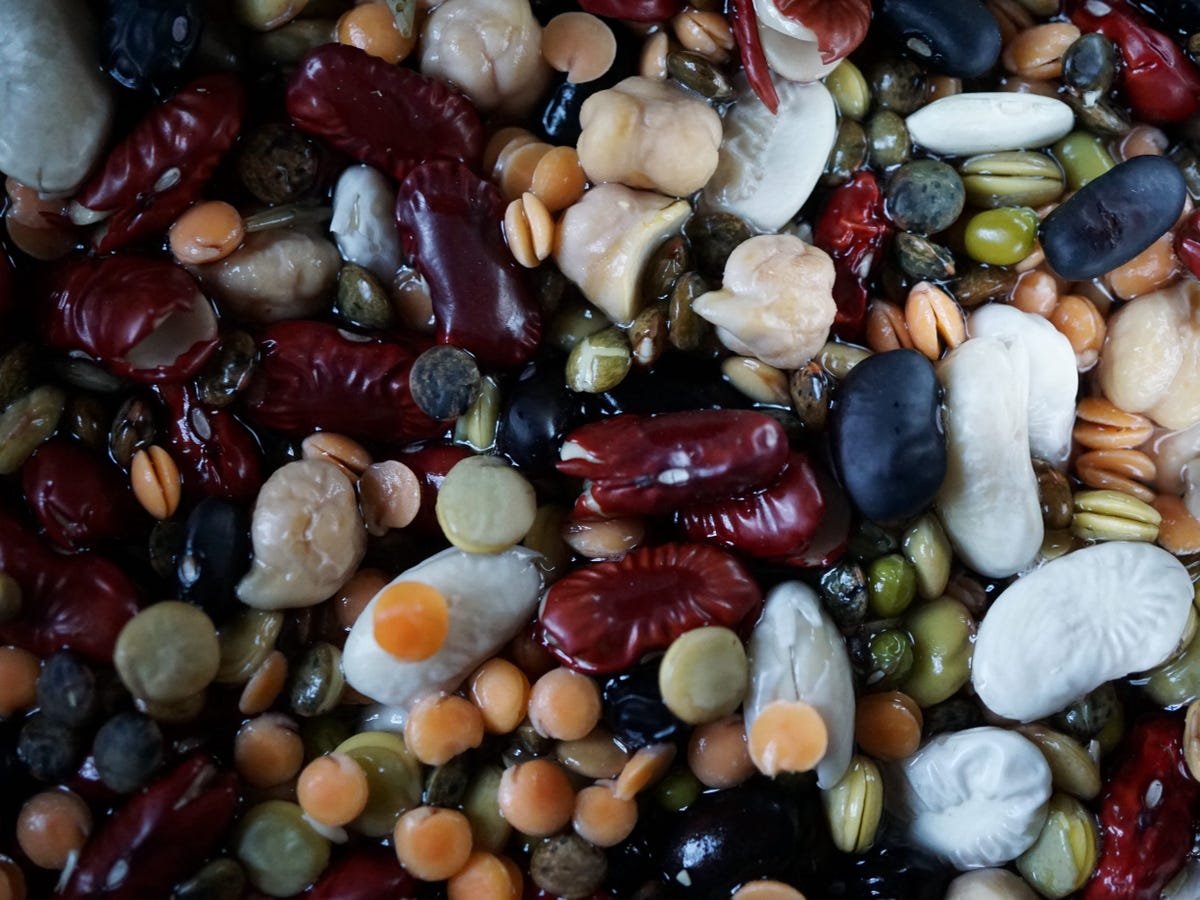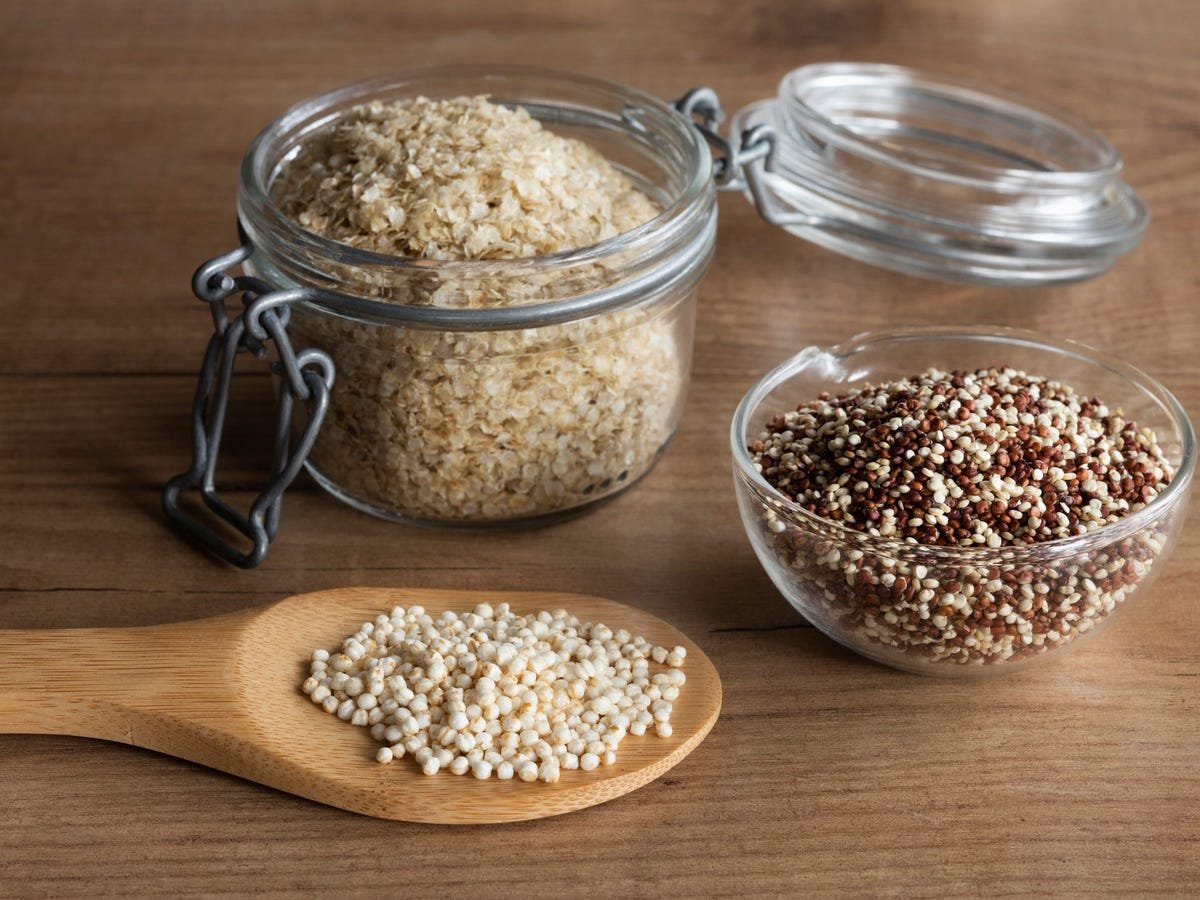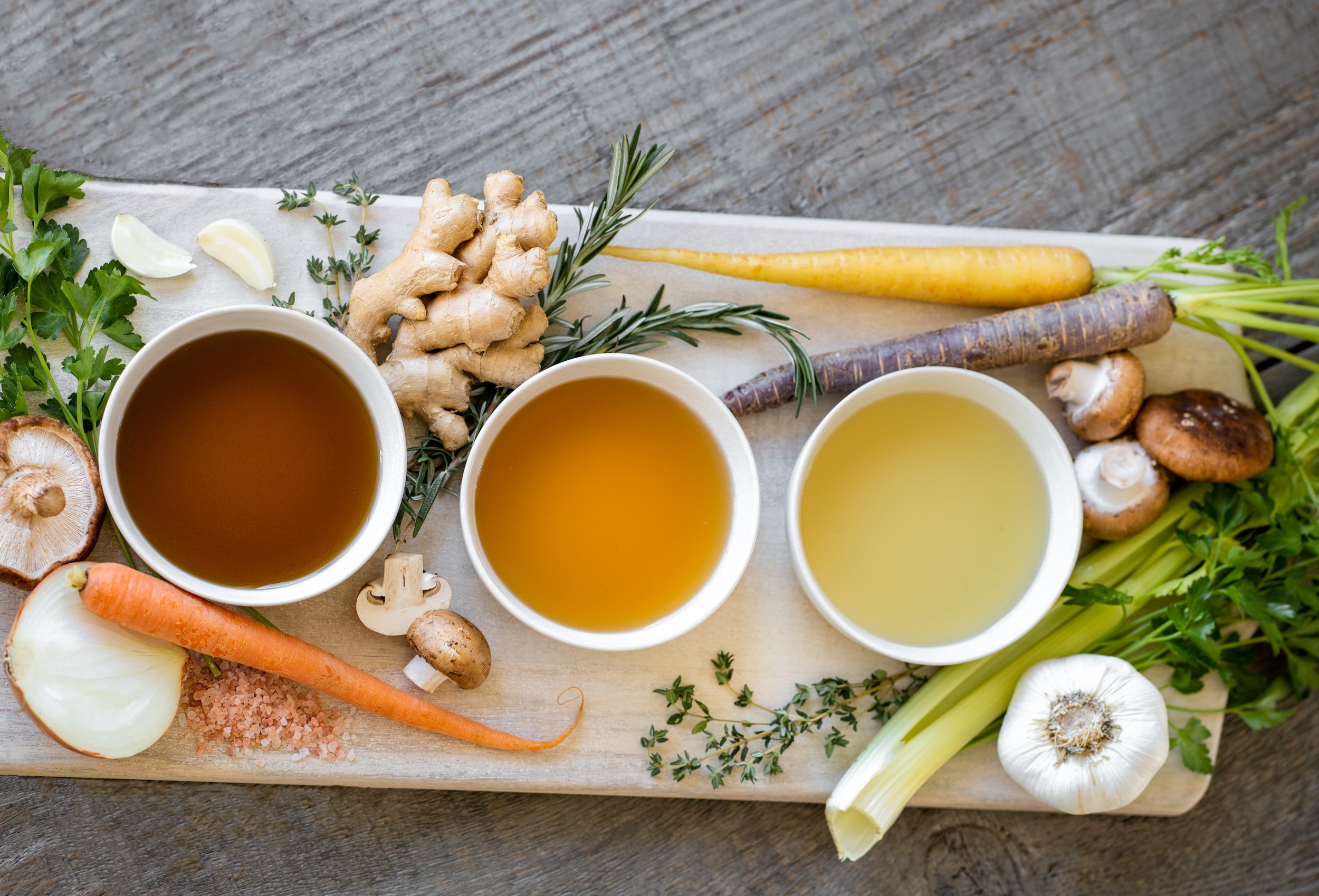If you want to be healthy
and eat like some of the healthiest people on the planet, then put down that steak and swap it for a plate of beans and rice.
Eating high-carb diets that are rich in plant proteins is the feature of what they call "Blue Zones," the places in the world where people live the longest, healthiest lives — reaching or even surpassing the age of 100 years old and in good health.
The Blue Zones represent a wide variety of cuisines like Japanese, Greek, Italian, and Costa Rican. The specific foods vary, food groups like beans, nuts, whole grains, herbs, and green veggies make up the backbone of Blue Zones Diets.
People seeking to imitate the diet pattern should aim to make their plant-based foods about 95% of their diet and limit their intake of red meat. Regardless of where you are, diets tend to be low-fat, with plenty of carbohydrates.
There are other ways to get protein in your diet — don't worry!
Dietitians recommend aiming to get between half to three-quarters of a gram of protein per pound of body weight, that's about 60-90 grams a day for a 120-pound person. Protein is an important nutrient to help repair tissue and build muscle too.
To receive enough protein in your diet, you have to focus on nutrient-dense sources like legumes, occasional servings of fish, dairy, and eggs.
Let’s go Legumes! (think beans, peas, and lentils)
A wide variety of legumes, from lentils and chickpeas to black beans and Adzuki beans, are featured in global Blue Zones diets. Wulf Voss / EyeEm / Getty Images
Beans are the cornerstone of the Blue Zones diet, along with their fellow legumes, lentils and peas.
They play a starring role in Blue Zones meals around the world, from black beans in Costa Rica to lentils and chickpeas in the Mediterranean. In Japan, soybeans are a popular protein source, either processed into tofu for soup and stir-fry or steamed in the pod as edamame.
Buettner's Blue Zones diet guidelines recommend eating at least half a cup of beans daily. In addition to protein, legumes are also packed with fiber, a key nutrient in the Blue Zone diets.
Whole Grains!
Grains can add protein to your diet along with fiber and healthy carbohydrates. Westend61/Getty Images
Grains are considered a primary source of carbohydrates but unprocessed varieties can also add protein to your diet as well.
Whole wheat, buckwheat, and couscous contain six grams of protein per cup.
Quinoa, an ancient grain from South America packs in EIGHT grams of proteins per cup.
Whole grains contain essential amino acids, with combined nutrients in beans that can make up a complete protein source. Dishes based on rice and beans are common staples around the world, including the Blue Zones.
Nuts and seeds
Nuts contain some protein, in addition to lots of fiber and healthy fats. Photo/Unsplash
Nuts and seeds are the foundational Blue Zones snack foods. (Despite having a high caloric density, a handful can pack up to 200 calories).
They contain nutrients like omega 3 fatty acids, linked to health benefits, less inflammation, and lower risk of heart disease too. Nuts and seeds also contain the highest amount of protein per serving. These include:
Pumpkin seeds: 9 grams per ounce
Peanuts: 7 grams per ounce
Almonds: 6 grams per ounce
Hemp seeds: 6 grams per ounce
Flax seeds: 5 grams per ounce
Fish in moderation
Small fish like sardines and anchovies are popular in Blue Zones. Photo/Unsplash
Fish is a popular protein source. It isn't a daily staple but moderate portions of no more than 3 ounces, about three times a week is good for you. Small fish like sardines, anchovies are popular in the Mediterranean, they are good options because they are not exposed to toxins at the same rate as fish higher on the food chain, like tuna.
Cod is another popular choice with a mild flavor and lots of protein, as well as B vitamins and important minerals like phosphorus.
Dairy in moderation, especially from sheep and goats
You may have been told to drink milk every day for your health, but dairy is relatively rare in the Blue Zones diet. Traditional cheeses made of sheep or goat's milk do feature in some Blue Zones regions of Italy and Greece, as well as other fermented products like yogurt.
These low sugar, high protein options can be a healthy part of the Blue Zones diet in moderation — but only a few times a week.
Full-fat versions are encouraged since low-fat dairy is often processed with more additives like sugar to make up for the lack of flavor.
Occasional eggs
Eggs are eaten about two to four times a week on the Blue Zones diet. Photo/Unsplash
Eggs are nutrient-packed, ready-accessible protein sources. 6-7 grams of protein per serving as well as B vitamins.
These are included in the Blue Zones diet, eaten about 4-6 times a week. Eggs are usually best accompanied by hearty plant foods.
Typically, eggs are featured as a side dish in Blue Zones cuisines, accompanied by hearty plant foods. for example in Costa Rica, a fried egg will be served atop corn tortillas and black beans. In Japan, a boiled egg will often be included as part of a flavorful soup.

















